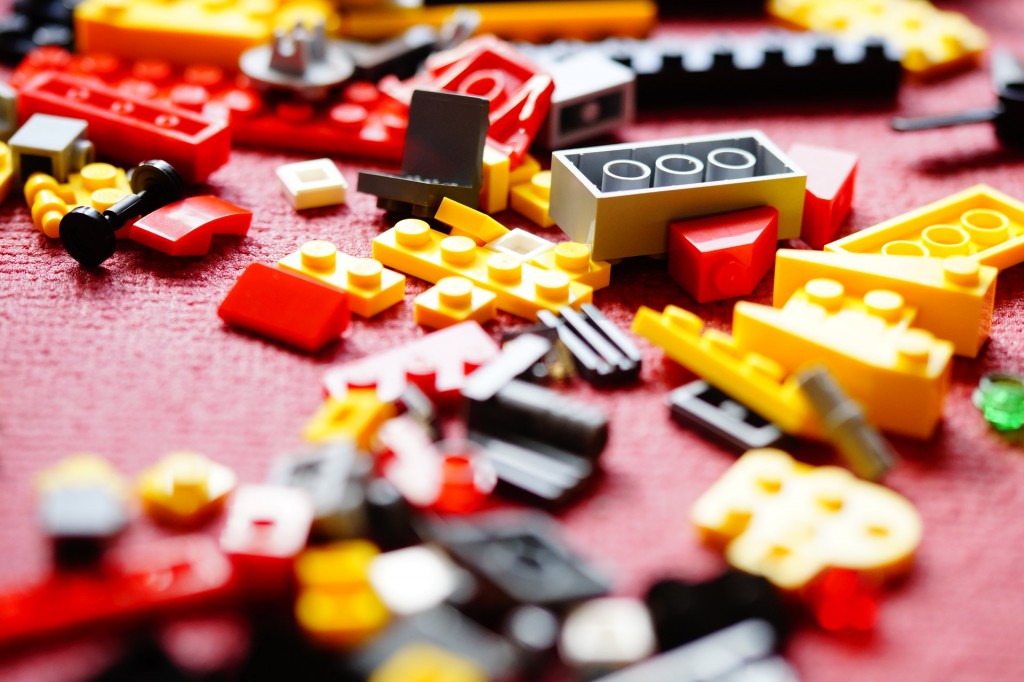By Zahra Anjum
Bismillahir Rahmanir Raheem
One of the things that I find the most annoying as a mother is when my son stays in the company of someone and, in the days that follow, starts imitating their accent, style, and habits. Such is the vulnerability of childhood! Almost instantly, children start emulating the people whom they admire for any absurd reason.
This is how and when I understood the importance of presenting positive heroes and role models for children and started telling him about all the great Muslim individuals in history and in current times. Islamic history is rich with people with great legacies in every area of life. Not only are Salahuddin Ayyubi and Imam Muslim great heroes for us, but also is the young girl who did not mix water in the milk and reminded her mother of the presence of Allah.
Think. How wonderful our children can become if they have people like the prophets and their followers to look up to for inspiration and aspirations, instead of contemporary superheroes found in cartoons.
Below are some engaging activities to help parents and educators connect the next generation of leaders to their legacy.
1. Weekly family activity
Write the names of some Muslim heroes from different genres (prophets, their righteous companions, scholars, knights, and martyrs) on small chits. Fold them and place them in a jar (children can have fun decorating this jar). At the beginning of the week, take one chit out and read and discuss the hero throughout the week as a family. This activity can also be done by inviting other children and having a weekly or monthly gathering. Older children can dig out information and read interesting books about the personality; they can then narrate their stories through creative presentations and even role plays. If the children are young, parents should tell about these personalities in their own words, keeping in mind the mental level of the child.
These sessions can be made fun through customised activities; for instance, an evening about a classical scholar can be followed by making a quill pen and writing with it. The account of Prophet Nooh (as) can be followed by a matchstick-ship craft.
The purpose of this activity is not to memorize the ‘facts’ about these people. The aim is to grow in their love and push our bars of aspirations higher as a family.
2. Making models
As long-term projects, children can have fun making models of various places and events. For example, they can spend time researching about how the Masjid an-Nabawi looked like at the time of the Prophet (sa) and make a model of it. Or they can present the battlefields of Badr, Khandaq, or Hitteen through their models. When discussing Prophet Ibrahim (as), they can make a model on the steps of Hajj. Different materials like clay, Lego, cardboard, and Popsicle sticks may be used to make these models.
3. Map activities
In order to enforce the concept of an Ummah and instil a love of geography, I consider a globe and a large map a must ‘toy’ for every home.
- Children can enjoy reading about the travels of Prophet Muhammad (sa) or of Prophet Ibrahim (as) and mark them on a blank map that can be printed easily.
- They may also mark the Hijrah (migration) route of Prophet Muhammad (sa).
- They can also read about the travels of Ibn Battuta.
- Whenever they read about a personality, they can play games about finding the cities and countries mentioned in their biographies. For instance, Nishapur for Imam Muslim and Bukhara for Imam Bukhari.
- Children can also learn about the areas mentioned in the biographies of these Muslim heroes, for instance, the boundaries of olden days of Khorasan and Sham.
- They may know about the Persian and Roman Empire at the time of Prophet Muhammad (sa) through a map.
- They can mark how the Islamic state grew in the times of different Caliphs and mark the places where important events took place.
4. A colourful timeline
Make a simple timeline on your room wall by putting up A4 sheets next to each other. If you want, you can make flaps and design it into a colourful and interactive timeline with your children. You can take maybe two inches as a hundred year gap and mark the Islamic and Gregorian dates. Now whenever you read or discuss a Muslim hero, mark them on the timeline in their respective era.
5. Posters and lapbooks
Children can have fun making posters and lapbooks about their favourite Muslim figures, highlighting various aspects of their lives.
6. Riddles and ‘Guess the Muslim Personality in 20 Questions’
Now that your children know so many different Muslim figures, you can make it more fun by playing riddle games. One person gives clues and the others take turns at guessing. There can be many variations for this.
Another is the 20 questions game in which one person thinks of a Muslim personality and the others guess it by asking 20 questions that will be answered in a yes or no. These games can be played anytime, anywhere – no extra materials needed.
In the end, these activities are just suggestions, and I believe that the best activities are the simplest ones. Even if you are unable to do these, simple everyday conversations that mention our legacy and come from a sincere, passionate heart are enough to do the job, Allah willing!
Zahra Anjum is a freelance writer, editor and translator based in Islamabad, Pakistan.
© IIPH 2016










